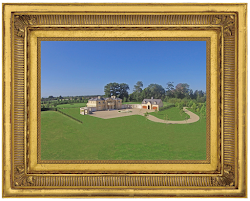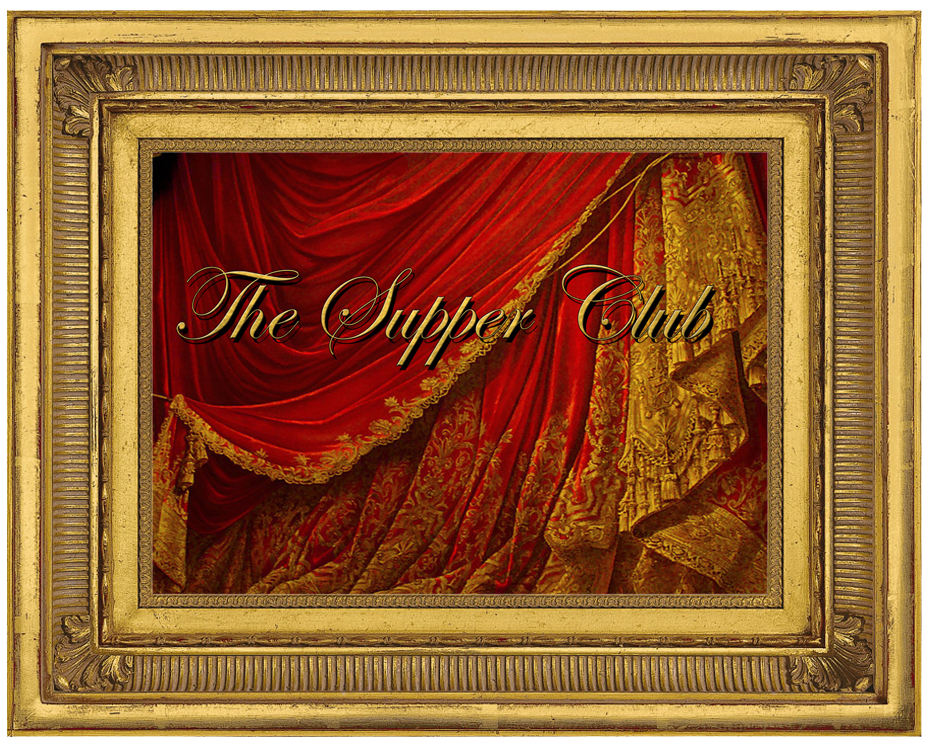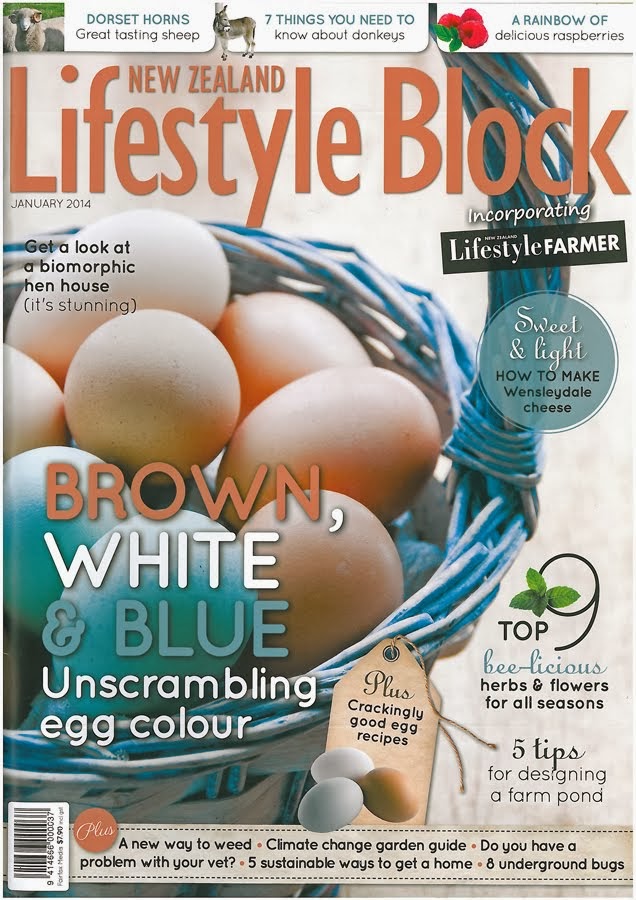
Violet (
Viola odorata) a species of the Viola family native to Europe and Asia, but was also introduced to America and Australsia. It is commonly known as Sweet Violet or English Violet, or in India as
Banafsa or
Banaksa, where it is commonly used as a sore throat remedy.

The sweet, unmistakable scent of this flower has proved popular throughout history, particularly in the Victorian period where, along with Lavender, it was used in the production of many cosmetic fragrances and perfumes, such as my own personal favourite,
Trumper's shaving cream.

and Laduree's Violet Talcum Powder

The French are also known for their violet syrup and liquors, most commonly made from an extract of viola odorata.

But my personal favourites, which Peter brings me back every time he goes to London, are Charbonnel et Walker Violet Creams...

Each chocolate bonbon is decorated with a crystalised Rose or Violet, which are pretty simple to make...
How to Crystalise Violets (or any edible flower)
Old fashioned egg-white version:
- Violet flowers, with stems still attached for ease of handling.
- 1 egg white
- Caster/fine sugar
Sugar and water version (no egg-white):
- Violet flowers, with stems still attached for ease of handling.
- 1/2 cup water
- 1 cup granulated sugar
- 1/4 tsp almond extract or 1 tsp Rosewater (optional)
- Caster/fine sugar (to sprinkle)
Wash flowers gently and allow to dry on baking tray or baking paper. Carefully paint each flower with egg white and then dust evenly with fine icing sugar (confectioner's sugar). Remove the stems and then allow them to dry for 24 hours in a warm place before storing them in an air tight container (ideally with a sachet of dessicant if available). Alternatively you can make up a thick sugar syrup from sugar and water, allowing adequate time for all the sugar to dissolve, and plenty of time for the solution to cool to room temperature. Dip each flower in the solution by its stem and allow to drip dry, then leave in a warm dry place for 24 hours to complete the drying process.
I found a patch of wild Violets recently, which happened to be odorata, so I took several rooted cuttings and have carpeted the oak grove by the lake with them. In a year or two we should be able to get an abundant harvest of flowers to try to make our own bonbons and violet liquor (with the still I was given for my birthday last year). In the meantime I would like to finish with [the beginning of] a story about a little Violet with a big voice: Violetta from La Traviata.
Here is a scene from one of my favourite operas, La Traviata. This wonderfull performance was at Covent Garden with my beloved Verdi Heroine, Angela Gheorghiu, playing Violetta. This aria is from act one: In her Paris salon, the courtesan Violetta Valéry greets party guests, including Flora Bervoix, the Marquis d'Obigny, Baron Douphol, and Gastone, who introduces a new admirer, Alfredo Germont. This young man, having adored Violetta from afar, joins her in a drinking song (Brindisi: "Libiamo"). An orchestra is heard in the next room, but as guests move there to dance, Violetta suffers a fainting spell, sends the guests on ahead, and goes to her parlor to recover. Alfredo comes in, and since they are alone, confesses his love ("Un dì felice"). At first Violetta protests that love means nothing to her. Something about the young man's sincerity touches her, however, and she promises to meet him the next day. After the guests have gone, Violetta wonders if Alfredo could actually be the man she could love ("Ah, fors'è lui"). But she decides she wants freedom ("Sempre libera"), though Alfredo's voice, heard outside, argues in favor of romance...
(Italian)
Violetta:Sempre libera degg´io
folleggiare di gioia in gioia,
vo´che scorra il viver mio
pei sentieri del piacer.
Nasca il giorno, o il giorno muoia,
sempre lieta ne´ ritrovi,
a diletti sempre nuovi
dee volare il mio pensier
Alfredo:
Amor è palpito dell´universo intero,
misterioso, altero,
croce e delizia al cor.
Violetta:
Oh! Oh! Amore!
Follie! Gioir!
English Translation
Violetta:
Free and aimless I frolic
From joy to joy,
Flowing along the surface
of life's path as I please.
As the day is born,
Or as the day dies,
Happily I turn to the new delights
That make my spirit soar.
Alfredo:
Love is a heartbeat throughout the universe,
mysterious, altering,
the torment and delight of my heart.
Violetta:
Oh! Oh! Love!
Madness! Euphoria!
Below: The actual patch of wild Violets I found...






 Each chocolate bonbon is decorated with a crystalised Rose or Violet, which are pretty simple to make...
Each chocolate bonbon is decorated with a crystalised Rose or Violet, which are pretty simple to make...












































































































